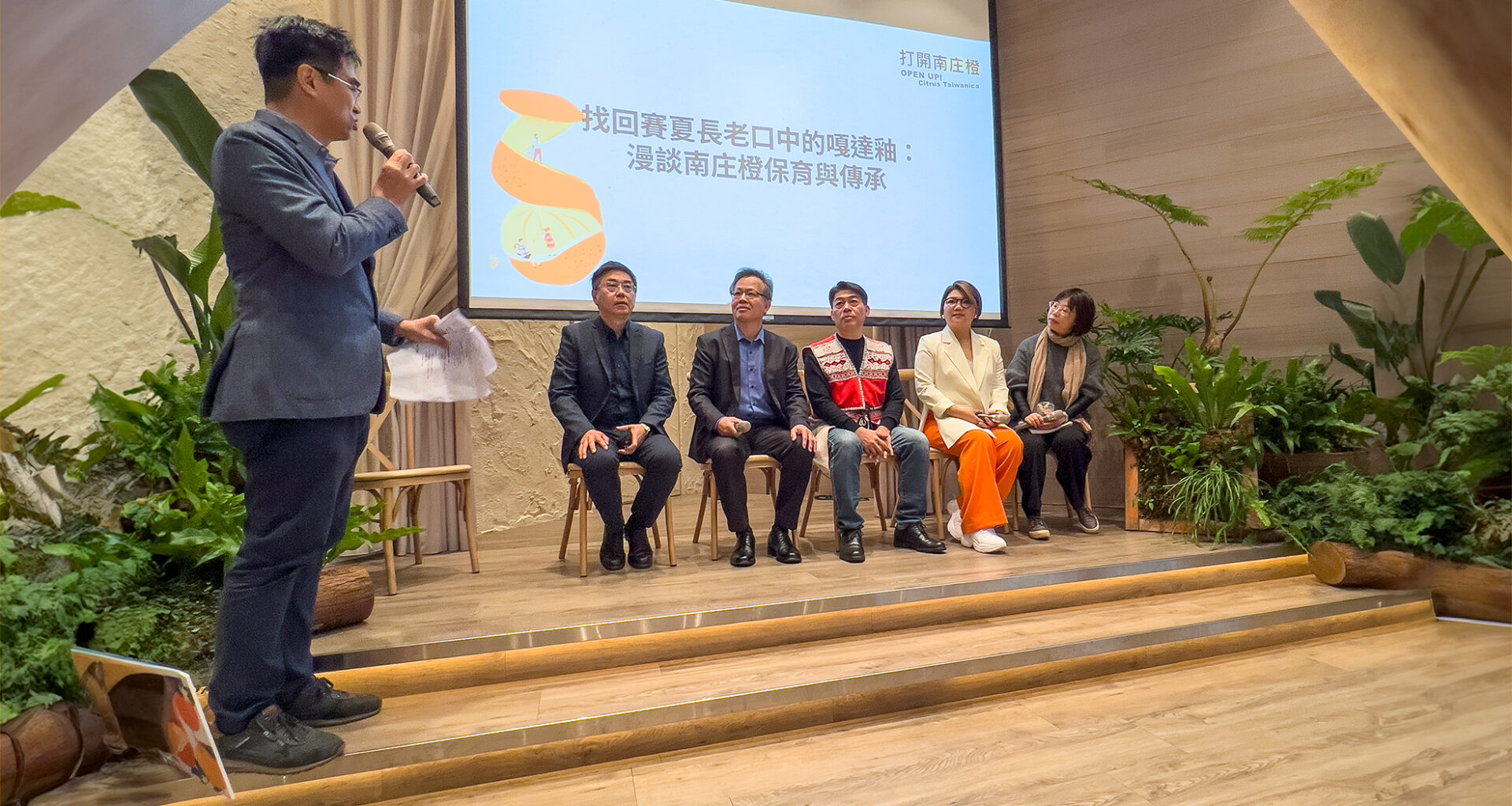This was a very special day in Taipei, and possibly heightened because of the upcoming election and the sense of national pride that so many Taiwanese were feeling. It was celebration of Nanzhuang Citrus Taiwanica and the food of Taiwan, via an event organised by a culinary group in Taipei named MINGCHU implemented by Perry Wu, that brings together chefs, producers, farmers, designers, and filmmakers (and many more) into a hub to help one another, providing assistance as much as promotion.
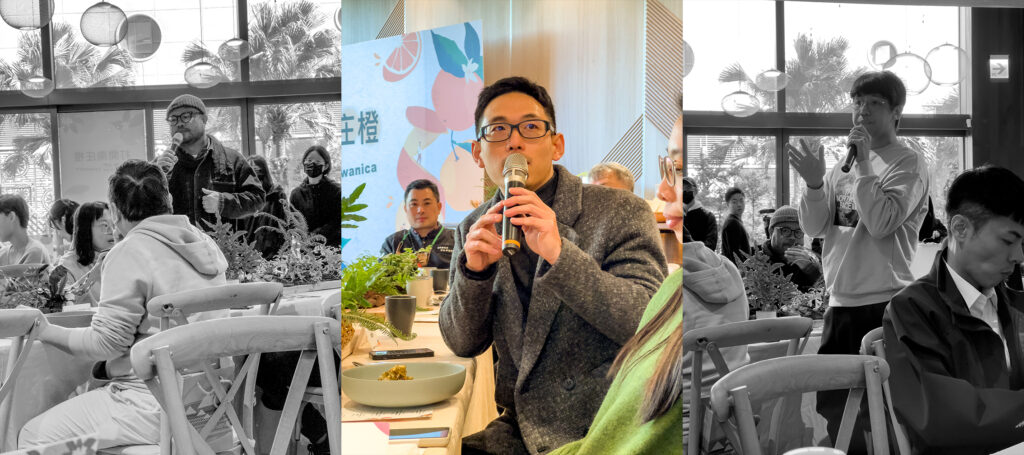
So on this day, organised by Taiwan’s Hsinchu Branch Taiwan’s Forestry and Nature Conservation Agency, 5 of Taipei’s top culinary talents were allowed to create a menu that was both resoundingly “Taiwanese” as well as outward looking as they personally desired, centring it on Nanzhuang Citrus Taiwanica but from that point onward being as innovative and create as they wanted. In Part 2 I’ll go into detail about the menu and chefs.
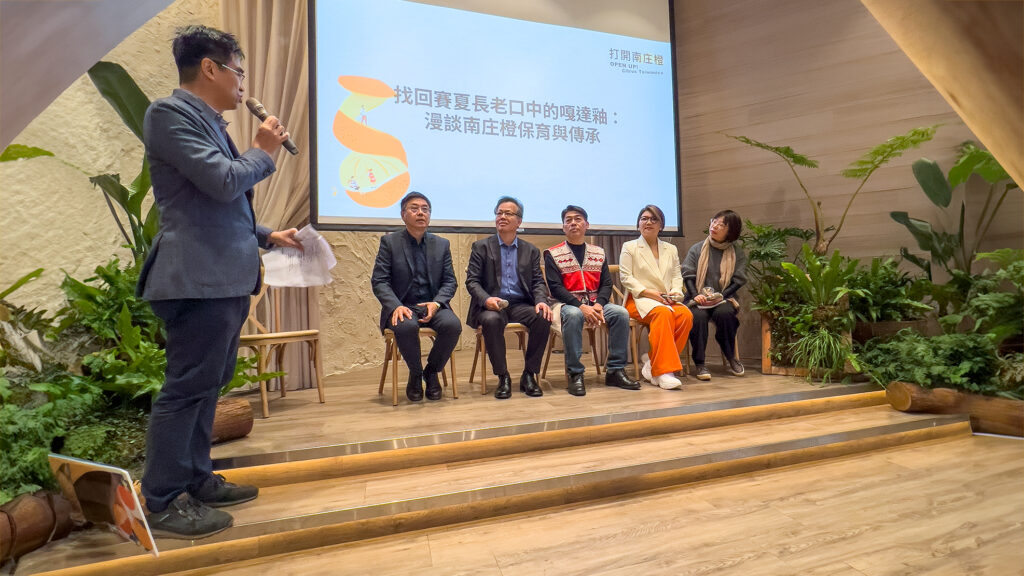
A little backstory: in 2022-2023 the renowned Taiwanese preserve maker KeYa entered two marmalades in the Dalemain World Marmalade Awards – “Naosho Daidai Marmalade” and “Naosho Daidai & Honey Marmalade”, which won a gold and 2 silver awards in the Artisan Small Producer Category. Following this win KeYa is working with the Hsinchu Branch Taiwan’s Forestry and Nature Conservation Agency to start commercially producing these marmalades for sale across Taiwan, as well as in the forest shop that directly benefits the Saisiyat people.

The launch was hosted by Zhong Xu, one of Taipei’s experts in Taiwanese and Italian food, and my translator Yi Ning provided a simultaneous interpretation of each speaker. The day began an introduction by Lin Hwa-Ching, the Director General of Taiwan’s Forestry Agency, Zeng Yanxue, Director of Forestry Laboratory, Gen Zhiyou, an elder of the Saisiyat tribe, together with KeYa (one of Taiwan’s top preserve makers), and writer-historian Xiao Xiuqin explained the need for the conservation, revitalization, and heritage of Nanzhuang Citrus Taiwanica oranges.
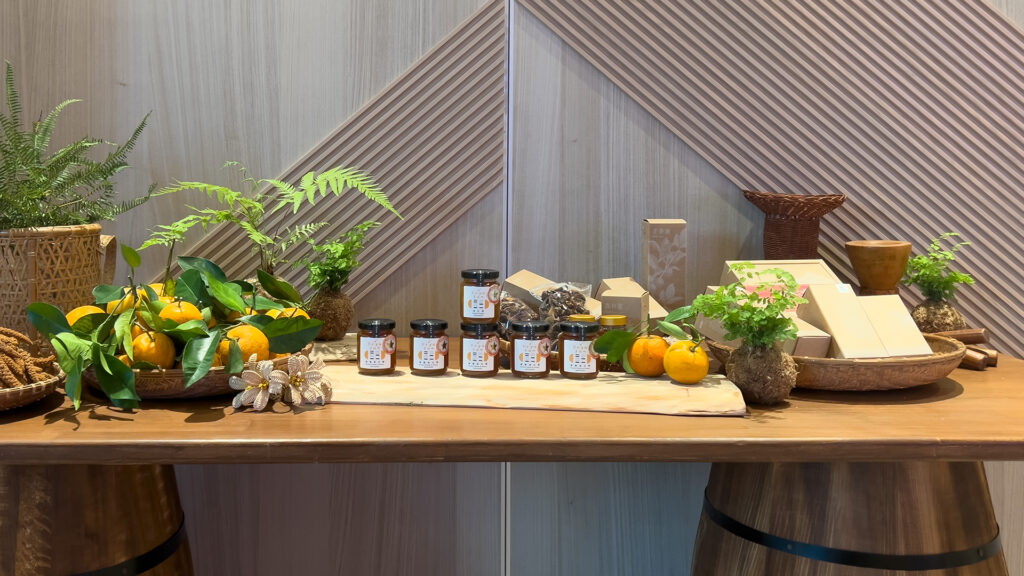
They set out the opportunity to place this newish fruit in front of the world’s cooks, mixologists, scientists, perfumiers, wherever there might be a possibility of attracting customers. In the audience were journalists from Taiwan, covering news and agriculture as well as food and society (a markedly different response to what an equivalent launch in the UK would receive, where eating and ingredients are mostly framed in terms of cookery and recipes rather than society and culture, a point Vittles Magazine’s founder Jonathan Nunn has made previously).
The Saisiyat’s elder tribesman Gen Zhiyou spoke about how Nanzhuang Citrus Taiwanica orange was one of the sacred plants of the Saisiyat tribe, and are known in the Saisiyat language as ‘katayoe’.
In an interview with Yang Yuyun for Taiwan’s agricultural industry magazine News & Market from 2021, Saisiyat’s Gen Zhiyou explains the legend behind the tribe’s name for Citrus Taiwanica. ‘Our oranges were discovered by an ancestor called ‘BaTa’ growing by a stream in the Nanzhuang forest. Since the fruit’s leaves appeared to be facing towards Mt Xiaobajian, one of Taiwan’s most ancient rock formations (we view the mountain as the mother of the Saisiyat tribe), the orange tree was named combining “ka” (mother) with “ta” (taken from the name of our ancestor who discovered it). Also, in the Saisiyat language we do not have a word for ‘sour’. So when Saisiyat people tasted the sourness of Nanzhuang oranges, they’d cry out ‘Yoe!’ as if to say ‘wow’! And that’s how the local name for Citrus Taiwanica came to be.“
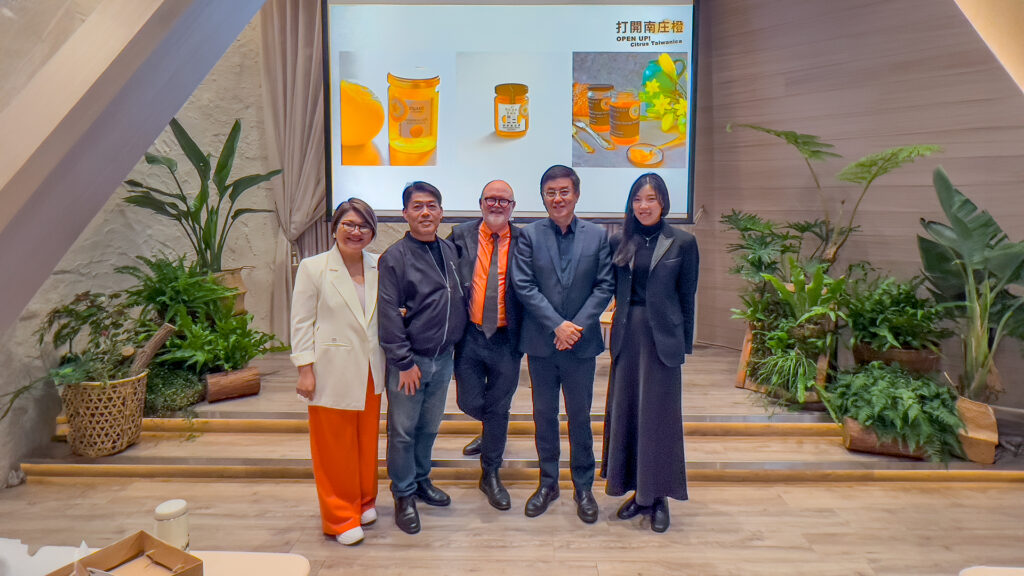
Next, MINGCHU had invited Taiwan mixologist and coffee-judging expert ChaCha Tong to apply her approach for coffee and spirit judging to a group tasting of three of KeYa’s Citrus Taiwanica marmalades: one straight Nanzhuang Citrus Taiwanica, one with mountain pepper, and one with mountain honey. ChaCha’s preference for analysing the flavour of marmalade was to use a “flavour colour wheel” often used in the wine, spirit and coffee tastings.

This fascinated me as we’re often judging marmalade and preserves in terms of good and bad physical characteristics but for flavour our comments tend to be blunt and less refined. When it comes to coffee, for example, ChaCha’s view is that “the taste of every cup of coffee is so often a correlation with an individual’s mood. It is this emotional state that brings out the character of that particular cup of coffee you are having.” And so, by introducing the audience to this approach when you’re tasting marmalade (or any food or drink), participants were able to read/taste much more in the preserve and they could record every sensation, rather than round it up into “sweet, sour, bitter”.

